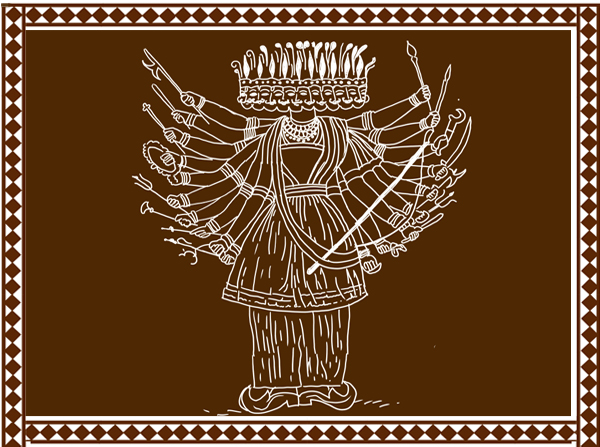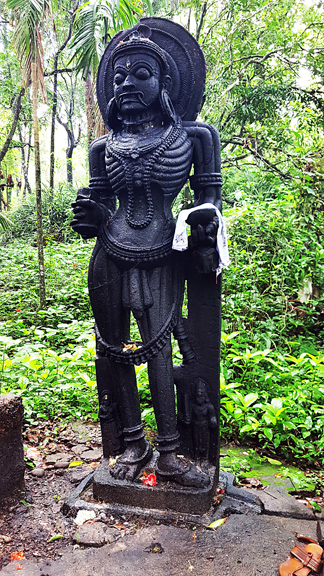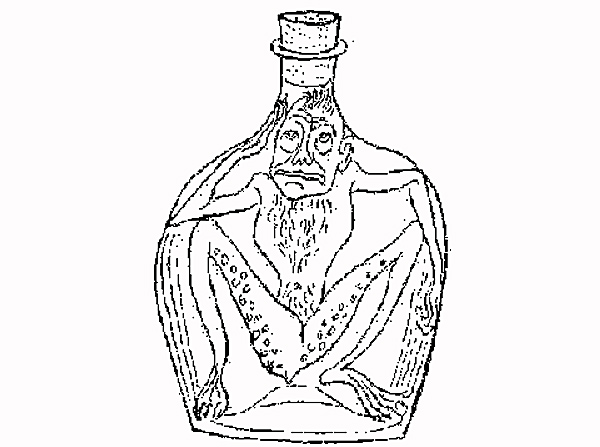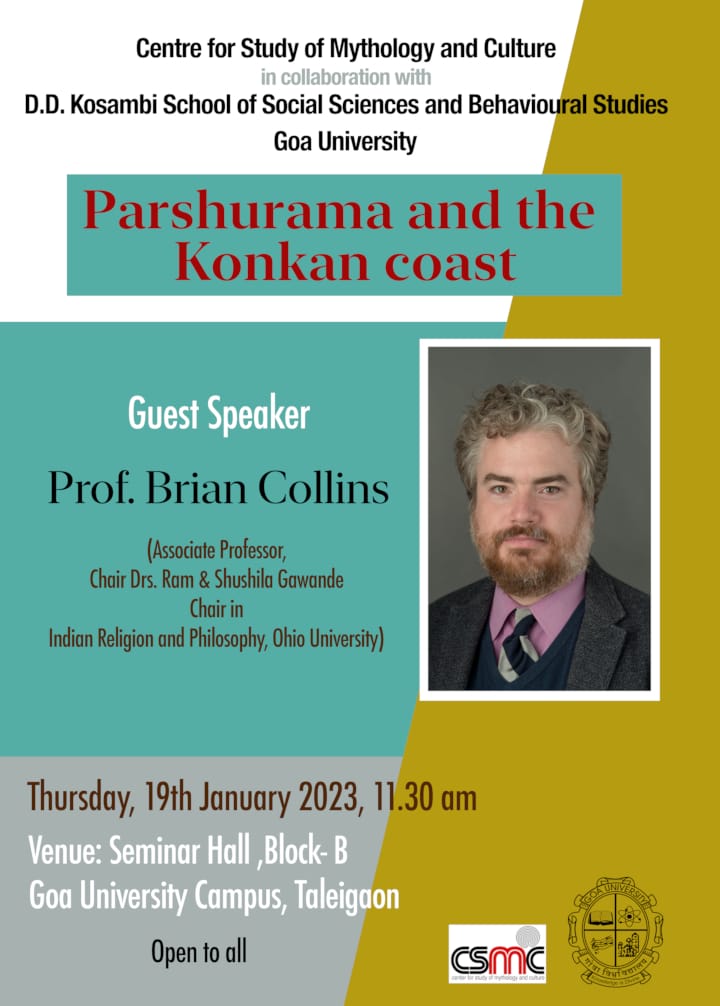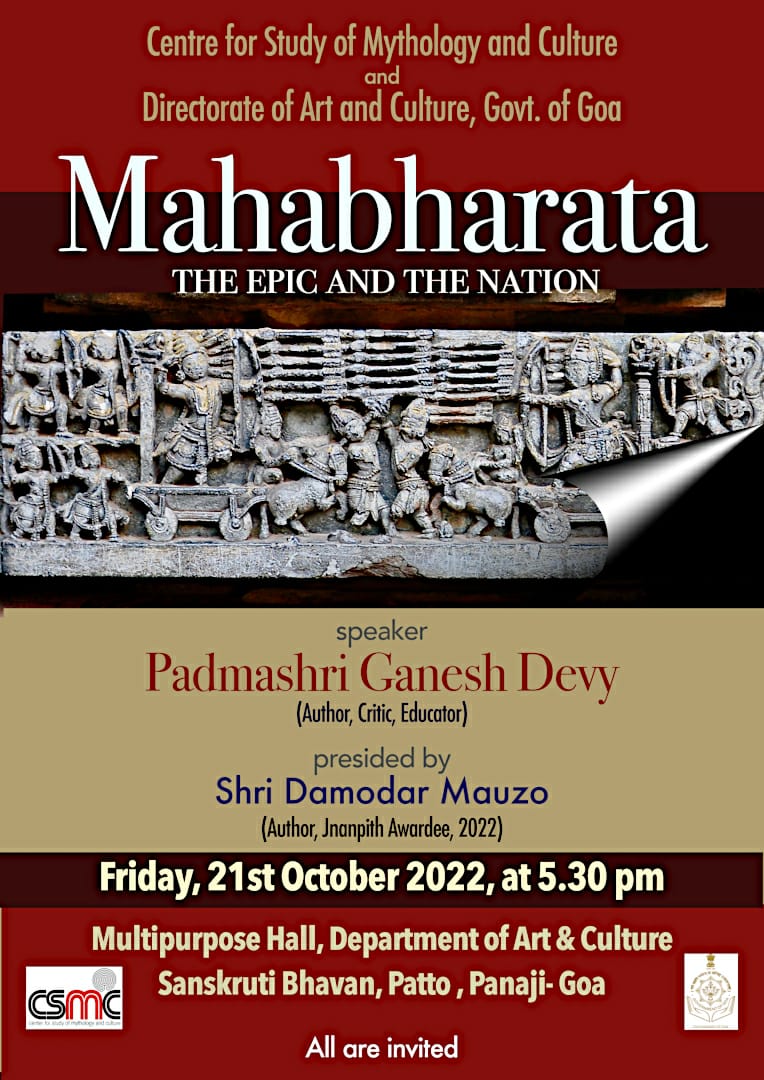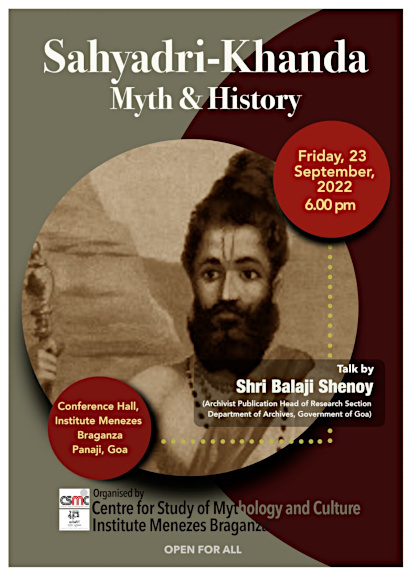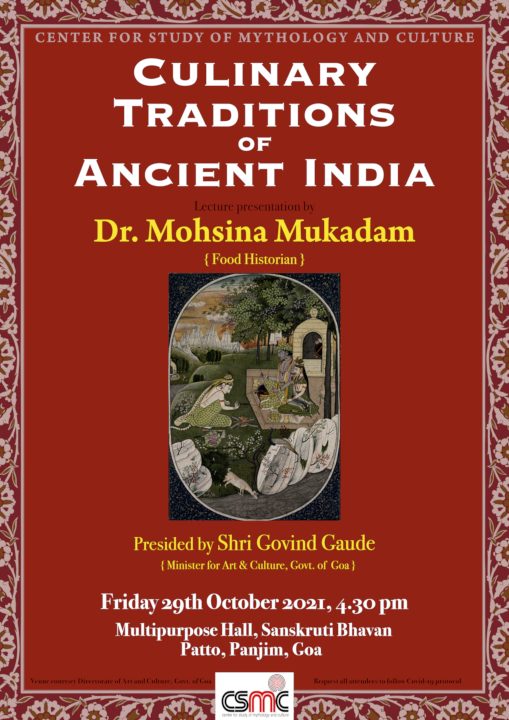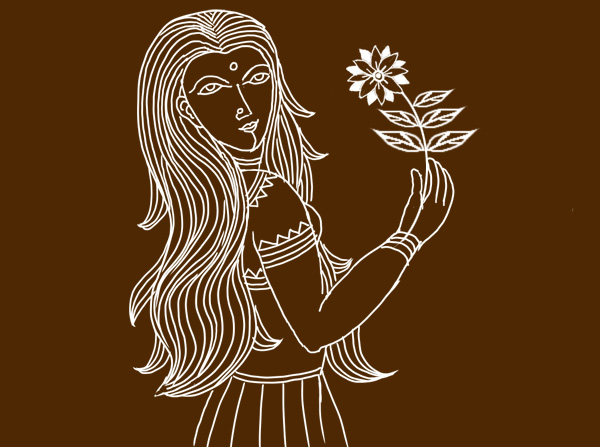
This is a popular folktale in Nepal.
Once upon a time a baby girl was born to the King and Queen of Nepal. The girl was exceptionally beautiful and to add to that, her hair was golden in colour. The King and queen became obsessed with her golden locks, and every night they would count each and every holden strand fearing a few of them might fall off and get lost. They even forbid her to tie her hair fearing her hair might get pulled off. The girl practically lived under house arrest. One day the girl despite her mother’s objection quietly went to the river to have bath. Unfortunately in the midst of her bath a strand of hair broke lose and floated away down the stream.
The King and queen became very upset and announced that whoever finds the lost strand of hair, would receive the princess in marriage. One day her younger brother who was a dimwit managed to find the lost hair strand and brought it to the King.
The King was in a bind wondering how could he marry off his daughter to his own son? So he consulted his minister. After a long deliberation the minister advised the King to keep his word, because if he goes back on his word, his subjects would lose faith in him. The only way forward was to keep to his word and marry off his daughter to his son.
When the princess came to know that she is going to be married off to her own brother, she ran off from the palace into the jungle and climbed to the top of the tallest tree. The King sent his search party into the jungle to find her. They searched high and low and finally found her perched on the highest branch of the tallest tree in the land. They pleaded with her to come down. But the she refused to come down . She told them this marriage will bring disaster to the family. And she wove a tree house out of the branches continued to live on top of the tree.
As time passed her aged parents died. Finally the dimwit brother came to the tree where his beautiful sister was living. Instead of asking her to come down he asked her if he could come up to meet her. She agreed and let down her long golden locks from the top of the tree, so that her brother could grab on to the hair and climb up. As he kept climbing up towards the tree-house, he started feeling hungry. He asked his sister to give him some food to eat. The girl immediately prepared rice and beans, but warned him not to drop any grain on the ground. But her brother being clumsy, dropped a few grains on to the ground. Miraculously trees and herds of cattle sprang up from the fallen grain.
Continue reading
